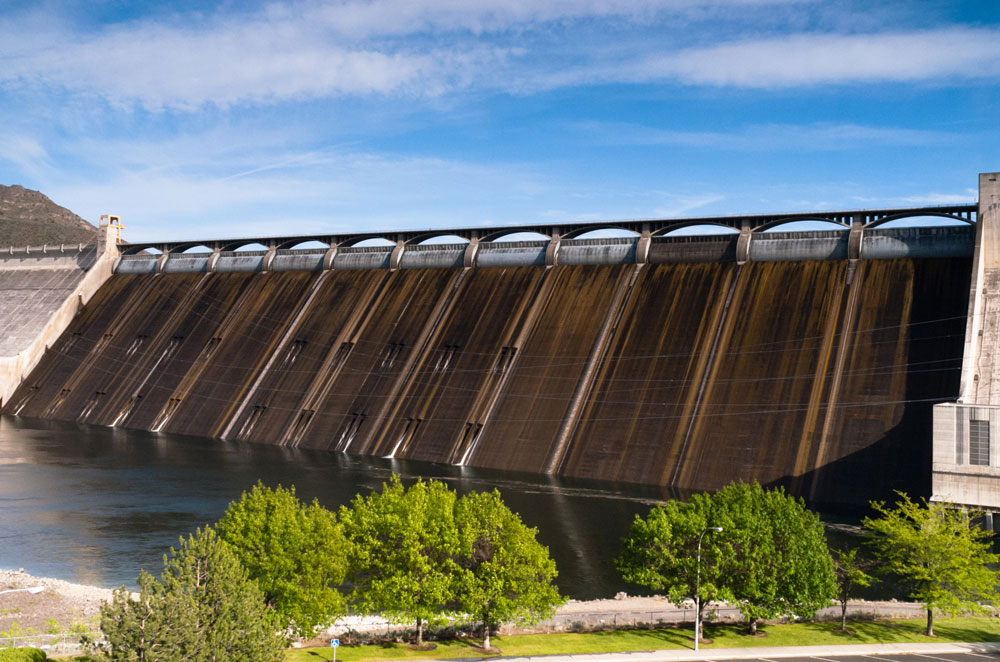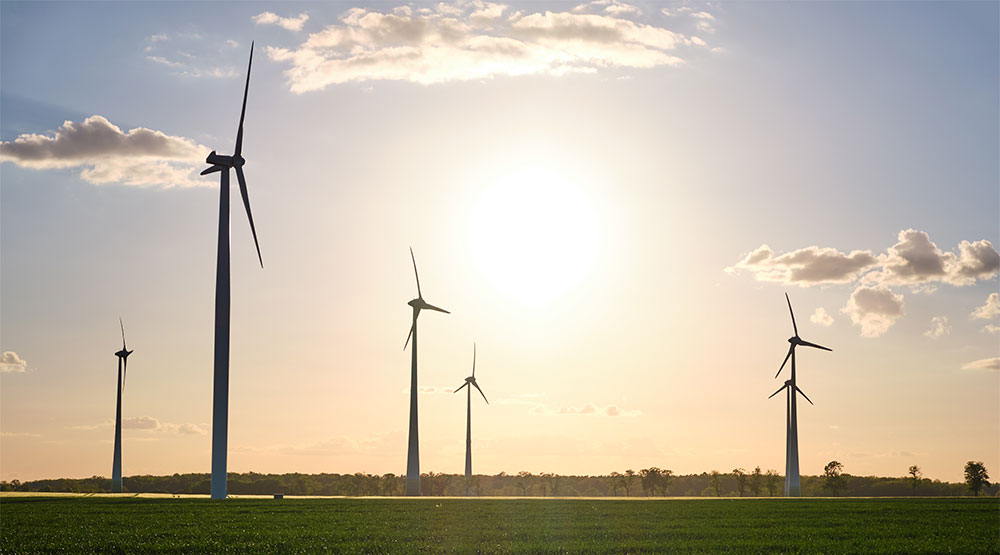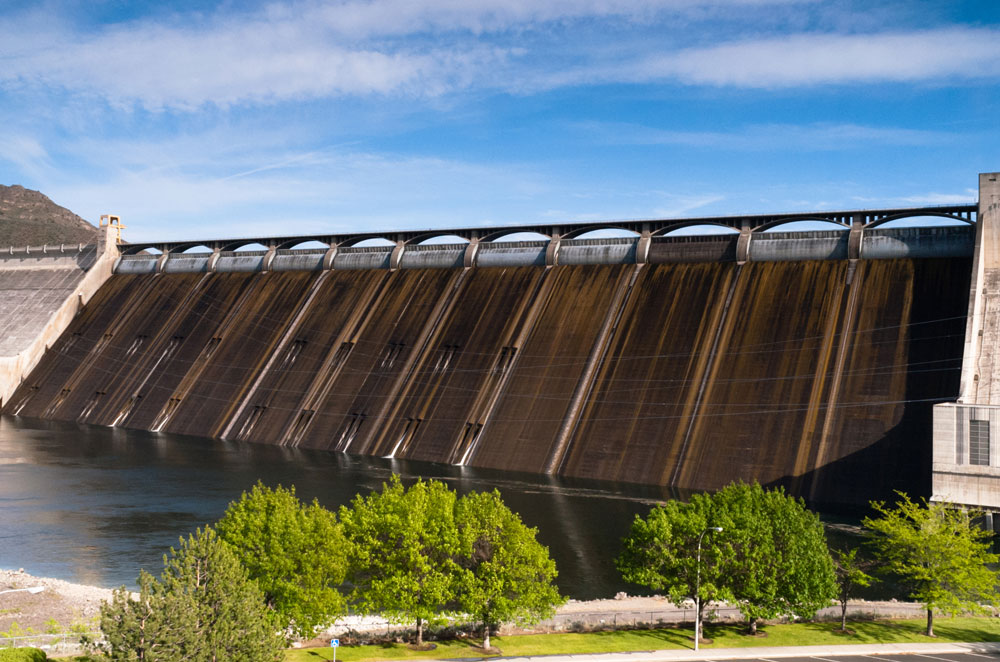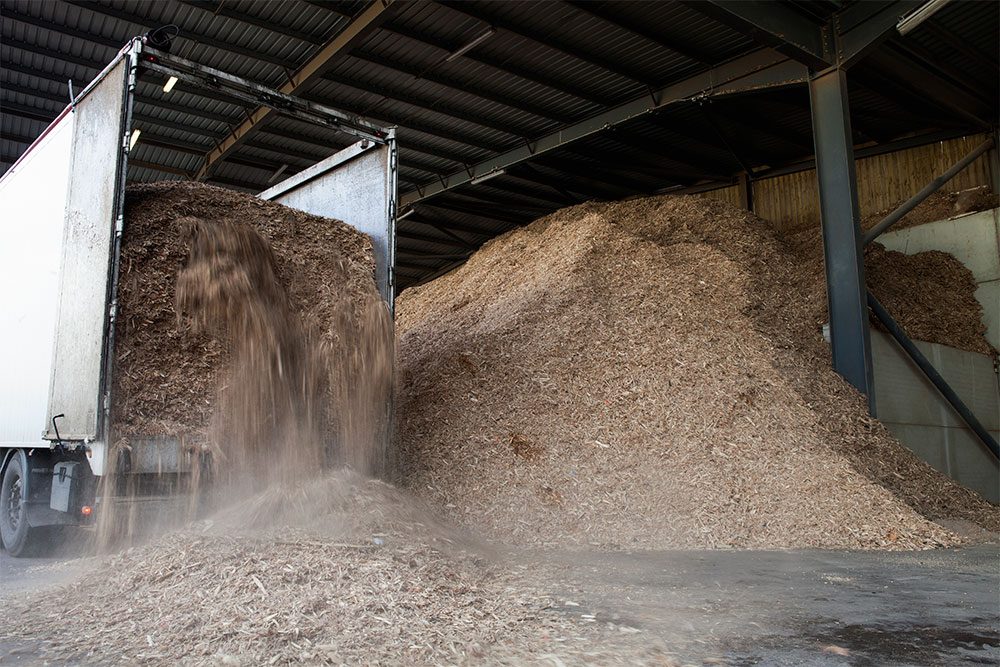
Renewable energy technologies permit us to create electricity, heat, and fuel from renewable sources that do not harm our ecosystem. While producing energy from these sources there is no emission of injurious byproducts.
Sun is the supreme power source of Solar, wind, hydro, wave, heat energies. They are all mechanized by the sun, directly or indirectly. Technologies like tidal and wave energy are powered by the moon. Whereas, Geothermal technologies are powered by the heat produced in the Earth’s core.
Bioenergy technologies are produced by converting the solar energy stored in plants, sewage, food wastes, forest wastes, algae, and farm wastes into heat, electricity, and fuel, using a variety of different methodologies.
Through these technologies, we can heat and cool our buildings/houses/offices, and generate electricity. They are also used in technologies to power travel by land, sea, and possibly also by air. Renewable energies are generated without producing dangerous greenhouse gases and other forms of pollution.

Capturing the radiant energy from sun rays and then converting it into heat, electricity, or hot water is how Solar Energy is produced. Photovoltaic (PV) systems convert direct sunlight into electricity through the use of solar cells that are spread over the solar panels.
Solar PVs are now frequently used for water pumping – irrigation and drinking water and are gaining widespread acceptance in many countries. These countries are now investing in more such projects where solar energy can be tapped to its maximum.
One of the major benefits of solar energy is that sunlight is functionally limitless – With the increasing technological advancements to harvest this energy, there is an infinite supply of solar energy.
Also read: The future of Solar Energy.
With proper understanding of this source of impeccable energy, it can make fossil fuels obsolete. Also, stressing more about solar energy rather than fossil fuels will help in improving public health and environmental conditions. When used for a longer duration, solar energy could also eradicate energy costs, and in the short term, decrease energy bills. Many governments have started to provide incentives to businesses/houses or other infrastructures using solar energy by providing rebates or tax credits.

Wind farms capture the energy of the flowing wind by using huge wind turbines and converting them into electricity for industrial use. There are differenttypes of systems used to convert wind energy and each of them varies in size, capacity, and technology.
For huge industries, there are commercial grade wind-powered generating systems that can power big colonies too. Single-wind turbines are used to provide additional power to pre-existing or small energy organizations. There is another form is utility-scale wind farms. These are purchased by contract or sold at wholesale rates.
Wind energy is a form of solar energy as the sun is the center of major energy sources. Scientifically, “wind” is a phenomenon caused by the differences in temperature in the atmosphere when combined with the revolution of Earth and its geography.

The heat that is trapped beneath the earth’s crust is known as Geothermal Energy. This heat is generated by the formation of the Earth billions of years ago and from radioactive decay under the crust. Volcanic eruptions are a result of this heat escaping naturally. Such type of energy or heat can be captured and is then used to produce geothermal energy. By using the steam that comes from the heated water below the earth’s surface, which then surges to the top, can be used to power a turbine.

Thermal and mechanical energies are produced by the ocean. Ocean mechanical energy uses the tides to generate energy. The ebbs and flows of the tides are created by the moon’s gravity pull and the rotation of the earth. The thermal energy of the ocean occurs due to the warmth of water surface temperatures to generate energy. This renewable form of energy is predictable and it is very easy to estimate the approximate amount of energy that can be produced.

Dams are always associated with hydroelectric power. When water flows through the dam’s turbines it produces power, known as pumped-storage hydropower. A very versatile source of renewable energy and can be produced through Large scale or Small scale projects like Hoover Dam and Underwater Turbines respectively. The Small Scale projects are usually carried on small rivers and streams.

Derived from biomass, Bioenergy is another type of renewable energy. Biomass is organic matter that originates from the recent decay of living plants and other organisms. One very common way of using Biomass is using wood in the fireplace.
As numerous methods are being used to generate energy through the use of biomass, it is one of the most commonly used sources of renewable energy. Burning of biomass, and harnessing methane gas produced by the natural decomposition of organic materials in and around water bodies are few ways of producing Bioenergy.
Hydrogen needs to be combined with other elements to make it a source of Renewable energy. When combined with oxygen it makes water. This cannot occur naturally as a gas on its own. But when hydrogen is separated from any other element it can be used to produce both fuel and electricity. Hydrogen is also used as clean-burning fuel aiding in less pollution and a cleaner environment.
Renewable energies allow users to be responsible individuals and provides a greener alternative. Reduce your footprints by opting for better living solutions for a healthier and cleaner tomorrow.
Also Read: India hails ‘milestone’ for its renewables capacity
Nice article on renewable energy technologies. One of the sources that is available with us that can be tapped and harnessed for sustainable development.More articles awaited on the same.